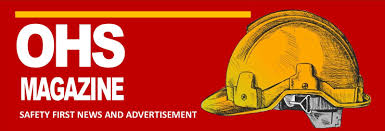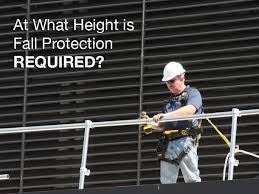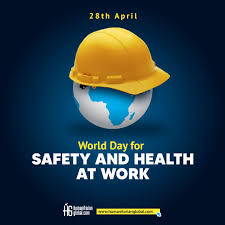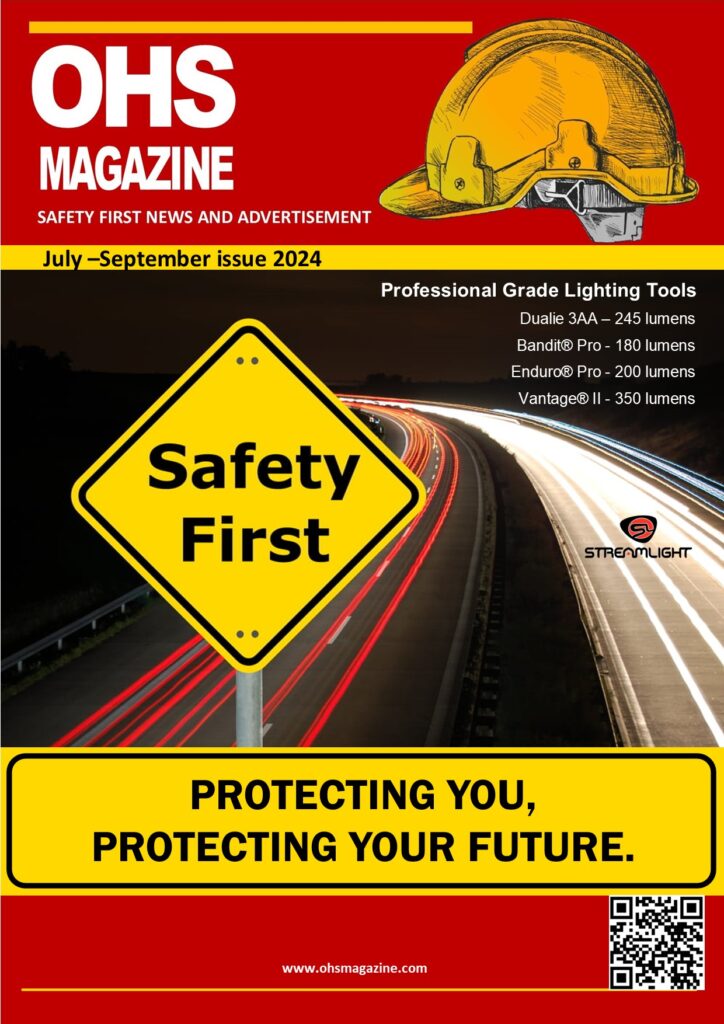OHS Magazine: Ensuring Workplace Safety with Fall Protection Requirements. August 3, 2024
In the realm of occupational health and safety, fall protection remains a critical concern for industries worldwide. With falls being one of the leading causes of workplace injuries and fatalities, adhering to fall protection safety requirements is paramount to safeguarding workers. OHS Magazine delves into the key fall protection safety requirements that employers must implement to ensure a safe working environment.
The Imperative of Fall Protection
Falls from heights are not only a significant cause of serious injuries but also fatalities across various industries, particularly construction, manufacturing, and maintenance. The Occupational Safety and Health Administration (OSHA) has established comprehensive guidelines to mitigate these risks, emphasizing the necessity for employers to take proactive measures.
Key Fall Protection Requirements
1. Hazard Assessment and Planning
Employers are required to conduct thorough hazard assessments to identify potential fall risks in the workplace. This involves evaluating work environments, processes, and tasks to determine where fall protection measures are needed. Once hazards are identified, a detailed fall protection plan must be developed, outlining the necessary safety measures and protocols.
2. Use of Guardrails
Guardrails are a primary fall protection system and must be installed at the edges of elevated work surfaces, such as platforms and scaffolding. OSHA mandates that guardrails must be capable of withstanding at least 200 pounds of force and have top rails at a height of 42 inches, with midrails halfway between the top rail and the working surface.
3. Personal Fall Arrest Systems (PFAS)
When guardrails are not feasible, Personal Fall Arrest Systems (PFAS) become essential. A PFAS includes a body harness, anchorage, and a connecting device, such as a lanyard or lifeline. These systems must be inspected regularly and properly fitted to each worker to ensure maximum effectiveness.
4. Safety Nets
In situations where traditional fall protection systems cannot be utilized, safety nets provide an alternative solution. Installed as close as possible to the working surface, safety nets must extend sufficiently to catch workers and prevent injuries from falls.
5. Training and Education
Proper training is a cornerstone of effective fall protection. Employers must ensure that all workers are trained in recognizing fall hazards and correctly using fall protection equipment. Regular training sessions and refresher courses help maintain awareness and compliance with safety protocols.
6. Maintenance and Inspection
Fall protection equipment requires regular maintenance and inspection to ensure its functionality. Employers must establish routine inspection schedules and promptly address any identified defects or damages. Documentation of inspections and maintenance activities is also crucial for compliance and accountability.
Compliance and Accountability
Adhering to fall protection safety requirements is not only a legal obligation but also a moral one. Employers who fail to comply with OSHA’s regulations risk severe penalties, including fines and legal action. More importantly, non-compliance endangers the lives and well-being of workers, making it imperative for organizations to prioritize fall protection.
Conclusion
Fall protection is a vital aspect of workplace safety that demands meticulous attention and adherence to established guidelines. By implementing comprehensive fall protection measures, conducting regular training, and ensuring diligent maintenance, employers can create a safer work environment and significantly reduce the risk of fall-related incidents. OHS Magazine continues to advocate for heightened awareness and stringent compliance to protect workers and promote a culture of safety.
For more detailed information on fall protection safety requirements, visit the OSHA website or consult industry-specific safety standards.
About OHS Magazine: OHS Magazine is a leading publication dedicated to promoting occupational health and safety standards. Through informative articles, expert insights, and the latest industry updates, OHS Magazine aims to empower employers and workers to create safer workplaces.






